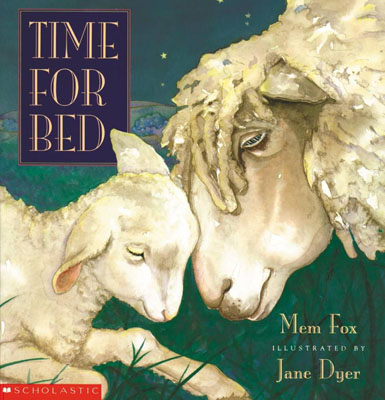I gravitate to some of my favorite children’s books to imagine how we can teach and reinforce the lessons of inclusion, fairness, tolerance, and love in even the very youngest of children.
Here are my two biggest personal truths: I love books and I love kids. So it’s lucky for me that kids and books are like peanut butter and jelly or cookies and milk. Books soothe, entertain, and TEACH. As a mom, I made the very conscious decision to have a book-centered home. Never relegated to just the bedtime ritual, books filled our home (and car), and were the go-to activity at all times of the day. Later, as a nursery school teacher, I made books the centerpiece of each lesson I planned. Presenting the children in the classroom with a colorful, engaging book at the start of a new theme was the perfect way to draw them in and spark their enthusiasm for the ideas to come. It’s no wonder, then, that I gravitate to some of my favorite children’s books to imagine how we can teach and reinforce the lessons of inclusion, fairness, tolerance, and love in even the very youngest of children. There are thousands of beautiful picture books that teach these concepts. So many, in fact, that it can seem daunting to dive in. I want to encourage you to find your own favorites by sharing a few that I have loved using with the children in my life.
As a child of the ‘70’s, PBS was HUGE for me. Mister Rogers made it safe to ask questions and acknowledge all feelings, not just the happy ones. Electric Company taught me to read and be truly excited about learning. And Sesame Street not only taught me letters and counting and problem solving, but also the much more valuable lessons of accepting my neighbors and recognizing our similarities before judging our differences. Sesame Street showed me love has no color, and friendship and respect make us all stronger. It is from these experts that we get the special book, We’re Different, We’re the Same by Bobbi Jane Kates and illustrated by Joe Mathieu. The familiar characters we all know and love show us that we are all different on the outside, but on the inside we are remarkably the same.
(Photo credit: Mem Fox)
My kids and I first became fans of Mem Fox when we added her book Time for Bed to our extensive bedtime book library. We read it so many times that it is one we can recite by memory. After that, she became one of the authors we always looked for at the library and the book store. In Whoever You Are, Mem Fox delivers the message that no matter how pronounced our differences, the most important parts of us are still similar. The illustrations by Leslie Staub are colorful and engaging, and are the perfect complement to the author’s straightforward message.
No matter our culture, customs, or physical characteristics, our shared humanity connects us.
Keiko Kasza is an award-winning children’s author whose humorous prose and whimsical illustrations present important lessons in the most accessible way. It’s hard not to be drawn in to the characters and silliness, and it’s impossible not to grasp the moral of any story she tells. I found A Mother for Choco while looking for resources to explain adoption to my daughter. The main character of the book, a little yellow bird named Choco, is completely distraught because he doesn’t have a mother. As he sets off to find one he is told time and again by the other animals he meets that he couldn’t possibly be part of their families because they don’t look anything alike. Choco is eventually found by Mrs. Bear who offers him a home with her very unlikely brood of all different animal children. While the book does address the concept of adoption, the broader meaning is the more important one, I believe: The love that binds us and unites us has nothing whatsoever to do with our physical characteristics.
(Photo credit: Todd Parr)
Todd Parr is another author who was a huge fan favorite both in my own home, and in my nursery school classroom. His illustrations are brightly filled with primary colors and child-like drawings. His language is very matter-of-fact, and this directness is exactly what makes children drawn to his work. I have two of his books I would particularly recommend as great tools for teaching acceptance and kindness. The first, It’s Okay to Be Different, shines a light on physical differences while at the same time reinforcing the idea that they are ALL okay. In The Peace Book, Parr expands this idea by showing kids that acceptance and respect are the paths to peace. He teaches that you can find peace by listening to different kinds of music and reading different kinds of books, as well as making friends with all different kinds of people. Both books teach children that differences are to be embraced and celebrated.
As usually happens when I start talking about books, I may have gotten a little long-winded here. My enthusiasm always gets the best of me. I hope I’ve given you a starting point to do some exploring yourself.
Remember that children learn best when they are engaged, entertained, and feel safe. Books do that in a way nothing else can.
These ideas in particular are TOO IMPORTANT for us not to be looking for ways to teach them. If we can get off on the right foot, dedicate ourselves to teaching children from birth that “we are more alike, my friends, than we are unalike,” then maybe we will begin to eradicate the biases that divide us.









Comments